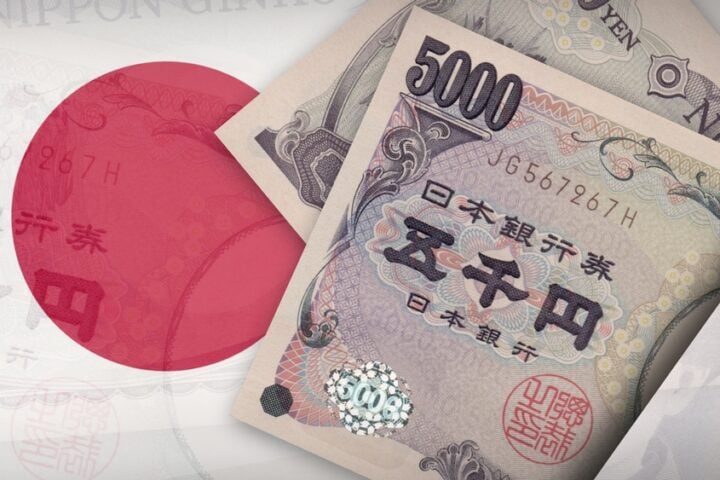China’s December Trade Data Exceeds Expectations Amid Global Uncertainty
China’s trade sector surprised markets in December with exports and imports beating expectations, offering rare optimism in a challenging economic landscape. However, concerns over domestic demand, geopolitical tensions, and potential tariff hikes cloud the outlook for sustained growth.
Strong export performance and resilient trade data
In December, China’s exports grew 10.7% year-over-year in U.S. dollar terms, far exceeding the 7.3% growth predicted by analysts. This marked an acceleration from November’s 6.7% growth and October’s 12.7% surge. Imports rose by 1.0%, reversing contractions of 3.9% and 2.3% in the prior two months and outperforming forecasts of a 1.5% decline.
For the full year, China’s yuan-denominated exports climbed 7.1%, a significant improvement from 2023’s 0.6% growth. Imports also rebounded, increasing by 2.3% compared to a 0.3% contraction the previous year.
“Outbound shipments are likely to stay resilient in the near term, supported by further gains in global market share,” said Zichun Huang, China economist at Capital Economics, attributing this strength to a weaker yuan.
Export challenges loom despite current gains
While December’s trade data reflects strength, analysts warn of risks ahead:
- Potential tariff hikes: U.S. President-elect Donald Trump has pledged to impose an additional 10% tariff on Chinese goods, heightening fears of a trade war.
- Global demand shifts: As geopolitical tensions grow, China’s reliance on exports to power its economy faces significant hurdles.
- Geographic trade variations: In December, exports to ASEAN grew 18.9% and shipments to the U.S. rose 15.6%. Exports to the EU increased by 8.76%, but imports from the bloc fell 4.9%, signaling uneven trade dynamics.
China’s trade with BRICS partner Russia also showed mixed results, with exports up 5.5% while imports declined 4.7%.
Policy measures and domestic demand priorities
China’s government has ramped up stimulus measures to offset external uncertainties and bolster domestic consumption. These include:
- Interest rate cuts: Aimed at lowering borrowing costs and boosting economic activity.
- Property market support: Loosening restrictions to counter the prolonged real estate crisis.
- Trade-in program: Subsidies to encourage consumers to upgrade cars and home appliances, launched in July 2024.
- Debt-swap initiatives: Designed to alleviate fiscal strains on local governments.
Despite these efforts, weak consumer sentiment and a sluggish real estate recovery continue to hinder domestic demand. Policymakers are expected to prioritize boosting household consumption and expanding fiscal spending in 2025.
Industrial sector highlights
Amid a weak domestic economy, exports of electric vehicles and semiconductors surged by 13.1% and 18.7%, respectively, in 2024. Steel exports also hit a nine-year high of 110.7 million tons, compensating for sluggish manufacturing and property sector activity.
Outlook for 2025
China’s full-year GDP for 2024 is projected at 5.1%, with fourth-quarter growth expected to be flat. While exports remain a critical driver of economic performance, the government is shifting focus toward domestic consumption and infrastructure investment to sustain growth.
“Policymakers need to keep some stimulus powder dry to enable an ample response if the tariff impact is severe,” noted Gabriel Wildau, managing director at Teneo. This cautious approach reflects uncertainty about the global trade environment and domestic challenges.
Conclusion
China’s strong trade performance in December provides a short-term boost to its economy, but the road ahead is fraught with challenges. As policymakers navigate geopolitical risks, weak domestic demand, and shifting global trade dynamics, the focus on stimulating consumption and managing uncertainty will be key to sustaining economic growth in 2025.







